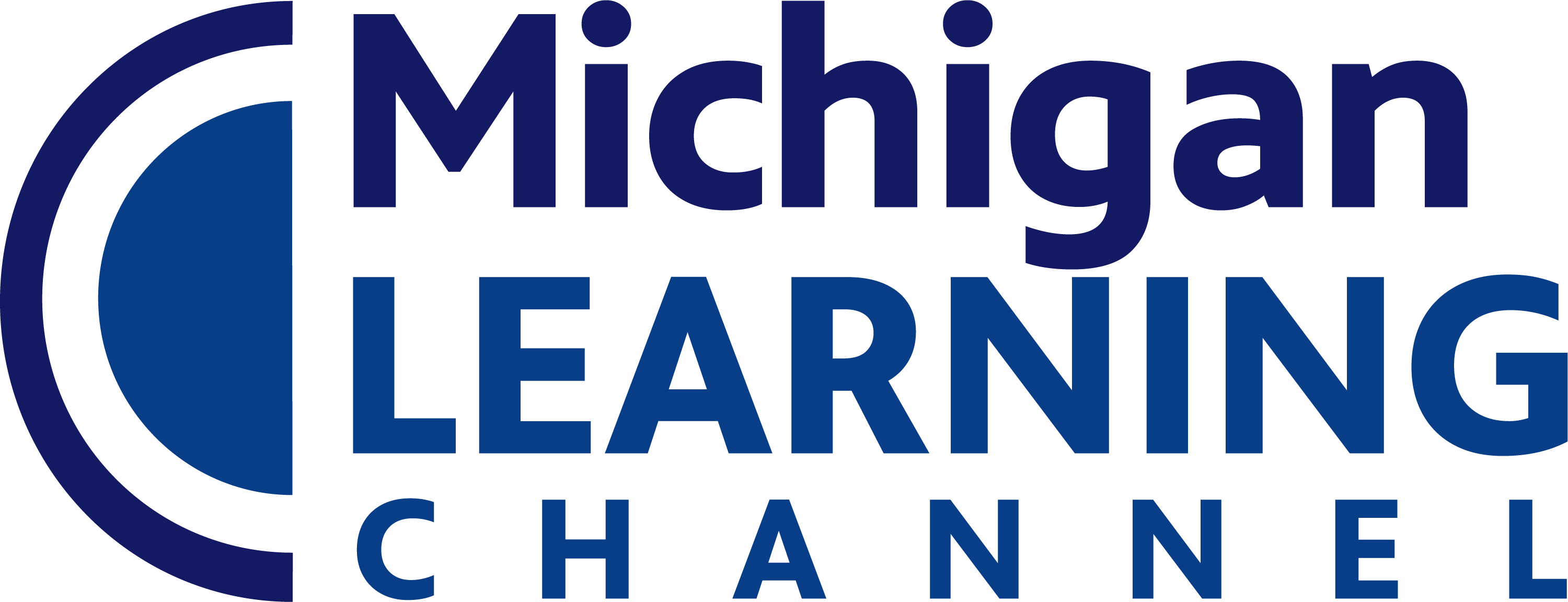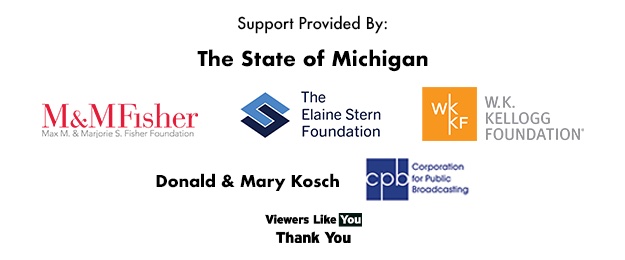Subjects
Shows
Create a dance that reveals understanding of a concept or idea from another discipline, such as patterns in dance and [...]
Respond to a dance using another art form; explain the connections between the dance and their response to it.
Sing and play independently with accurate rhythm, pitch, intonation, with appropriate timbre, technique, and tempo within various musical contexts.
Sing from memory and play a varied repertoire of music representing genres and styles from diverse cultures.
Demonstrate ensemble techniques by blending timbre, matching dynamic levels, and responding to the cues of the conductor.
Perform independent instrumental parts while other students sing or play contrasting parts.
Recognize the basic expressive markings of music and demonstrate their understanding through performance.
Create through exploration, improvisation, and composition, rhythmic and melodic ostinati accompaniments.
Create through exploration, improvisation, and composition, answers in the same style to given rhythmic and melodic phrases.
Create through exploration, improvisation, and composition, simple rhythmic variations and simple melodic embellishments on familiar melodies.
Use a variety of traditional and non-traditional sound sources and electronic media when composing, arranging, and improvising.
Create and arrange music to accompany readings, dramatizations, or visual media.
Demonstrate kinesthetic awareness, concentration, and focus in performing movement skills.
Create a sequence with a beginning, middle, and end, both with and without a rhythmic accompaniment. Identify each of these [...]
Improvise, create, and perform dances based on their own ideas and concepts from other sources.
Create a dance phrase, accurately repeat it, and then vary it by making changes in the elements of dance: time, [...]
Observe and describe actions such as skipping and galloping; and movement elements of time, space, force, and energy in a [...]
Observe and discuss how dance is different from other forms of human movement, such as sports and everyday gestures.
Take an active role in a class discussion about interpretations of and reactions to a dance.
Present their own dances to peers and discuss their meaning with competence and confidence.
Explore multiple solutions to a given movement problem; choose a favorite solution and discuss the reasons for that choice.
Observe two dances and discuss how they are similar and different in terms of one of the elements of dance [...]
Observe and discuss how dance is different from other forms of human movement, such as sports and everyday gestures.
Learn and effectively share a dance from a resource in one's own community; describe the cultural and/or historical context.
Students accurately answer questions about the role of dance in a specific culture and time period including why and in [...]
Explain how healthy practices such as nutrition and safety enhance the ability to dance, and cite multiple examples.
Accurately demonstrate basic locomotor skills through straight and curved pathways including several directions.
Accurately demonstrate non-locomotor/axial movements such as bending, twisting, stretching, and swinging.
Use the relationship between particular words (e.g., synonyms, antonyms, homographs) to better understand each of the words.
Acquire and use accurately grade-appropriate general academic and domain-specific words and phrases, including those that signal contrast, addition, and other [...]
Form and use the perfect (e.g., I had walked; I have walked; I will have walked) verb tenses.
Use verb tense to convey various times, sequences, states, and conditions.
Subjects
Shows
Create a dance that reveals understanding of a concept or idea from another discipline, such as patterns in dance and [...]
Respond to a dance using another art form; explain the connections between the dance and their response to it.
Sing and play independently with accurate rhythm, pitch, intonation, with appropriate timbre, technique, and tempo within various musical contexts.
Sing from memory and play a varied repertoire of music representing genres and styles from diverse cultures.
Demonstrate ensemble techniques by blending timbre, matching dynamic levels, and responding to the cues of the conductor.
Perform independent instrumental parts while other students sing or play contrasting parts.
Recognize the basic expressive markings of music and demonstrate their understanding through performance.
Create through exploration, improvisation, and composition, rhythmic and melodic ostinati accompaniments.
Create through exploration, improvisation, and composition, answers in the same style to given rhythmic and melodic phrases.
Create through exploration, improvisation, and composition, simple rhythmic variations and simple melodic embellishments on familiar melodies.
Use a variety of traditional and non-traditional sound sources and electronic media when composing, arranging, and improvising.
Create and arrange music to accompany readings, dramatizations, or visual media.
Demonstrate kinesthetic awareness, concentration, and focus in performing movement skills.
Create a sequence with a beginning, middle, and end, both with and without a rhythmic accompaniment. Identify each of these [...]
Improvise, create, and perform dances based on their own ideas and concepts from other sources.
Create a dance phrase, accurately repeat it, and then vary it by making changes in the elements of dance: time, [...]
Observe and describe actions such as skipping and galloping; and movement elements of time, space, force, and energy in a [...]
Observe and discuss how dance is different from other forms of human movement, such as sports and everyday gestures.
Take an active role in a class discussion about interpretations of and reactions to a dance.
Present their own dances to peers and discuss their meaning with competence and confidence.
Explore multiple solutions to a given movement problem; choose a favorite solution and discuss the reasons for that choice.
Observe two dances and discuss how they are similar and different in terms of one of the elements of dance [...]
Observe and discuss how dance is different from other forms of human movement, such as sports and everyday gestures.
Learn and effectively share a dance from a resource in one's own community; describe the cultural and/or historical context.
Students accurately answer questions about the role of dance in a specific culture and time period including why and in [...]
Explain how healthy practices such as nutrition and safety enhance the ability to dance, and cite multiple examples.
Accurately demonstrate basic locomotor skills through straight and curved pathways including several directions.
Accurately demonstrate non-locomotor/axial movements such as bending, twisting, stretching, and swinging.
Use the relationship between particular words (e.g., synonyms, antonyms, homographs) to better understand each of the words.
Acquire and use accurately grade-appropriate general academic and domain-specific words and phrases, including those that signal contrast, addition, and other [...]
Form and use the perfect (e.g., I had walked; I have walked; I will have walked) verb tenses.
Use verb tense to convey various times, sequences, states, and conditions.


